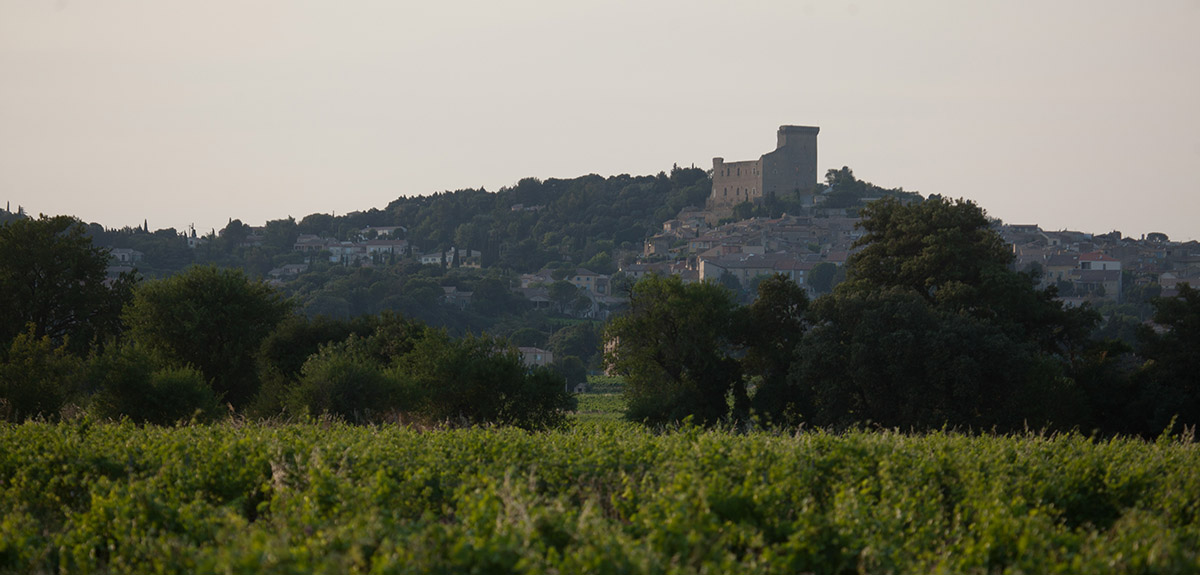
Wine-growing Development in the Rhône Valley
The first vines date back to the settlement of Greek explorers along the Mediterranean around 600 B.C.
Starting from this period and up until the relative peace during the Pax Romana, the Rhône had become an ideal, and the only fully-operational, trade route for many centuries.
The Roman period witnessed the growth of local farming to meet the needs of European armies and numerous settlers who can to live in Gaul … and the Gaul population themselves were great consumers of their national production.
Our ancestors were therefore rapidly reputed to mastering vineyards (planting, grafting, pruning …) and also to contributing to various technical innovations such, an example among many others, replacing the amphora by the wood barrel.
After the Fall of the Roman Empire, the church ensured the maintenance, and even the development of a quality production. Benedictines, Charthusians, Templars, Knights of Malta … well implanted in the valley, each Order successively made wine-making their living.
The arrival of Popes in Avignon in 1309 guaranteed the recognition all over the Christian world of Châteauneuf-du-Pape wines. Residents for over a century, they saw to the vineyard’s extension and reputation in the world over.
Anecdote
The popes, suffering from the summer heat within the Avignon fortified walls, decided to go live where the climate was less stifling.
This is how Châteauneuf, swept away by the Mistral during countless days each year, became the summer residence of the popes, therefore taking on the name Châteauneuf-du-Pape.
In fact the town is presently twinned with Castel Gondolfo in Italy which is the summer residence of popes today.
In 1860, the phylloxera epidemic brought a sudden halt to the vineyard area’s extension and only got back its initial size after 50 years of hard work.
New planting and grafting techniques, the patient search for qualitative improvements for implementing the first production rules, the grouping around a common identity … all led, in 1935, to the creation of the INAO (National Institute for Appellations of Origin).
Anecdote
In 1919, a former fighter pilot during the First World War, Baron Pierre Le Roy de Boiseaumarié married the heiress of Château Fortia in Châteauneuf-du-Pape. Being a distinguished jurist, he helped the wine-growers restructure and organize the local wine-making endeavour.
Founder of the Châteauneuf-du-Pape Wine-making Union in 1924, he obtained a ruling 1933 which would define the specificities of the Châteauneuf-du-Pape appellation which were later used to initiate the AOC system (Appellation of Controlled Origin).
He was totally uncompromising in regards to the Châteauneuf-du-Pape wine quality and was convinced that a great wine could only be issued from marginal soils where lavender and thyme thrived!
An evolution of the village name over the centuries.
A document dating back to 1094 attests to the history of our village under the name "Castro novo", which means "new fortified village."
In the 13th century, the village was named "Châteauneuf-Calcernier", with "calcernier" indicating the sifted lime produced abundantly in the commune, the quality and notoriety of which must have contributed to the economic success of the village at that time.
It was only in 1893, at the request of Mayor Joseph Ducos and his elected officials, that the village was named "Châteauneuf-du-Pape", thus referring to this vacation spot of the Popes, the castle built in the 14th century at the initiative of Pope John XXII, but also to this period which marked the beginnings of the fame of its wines.

